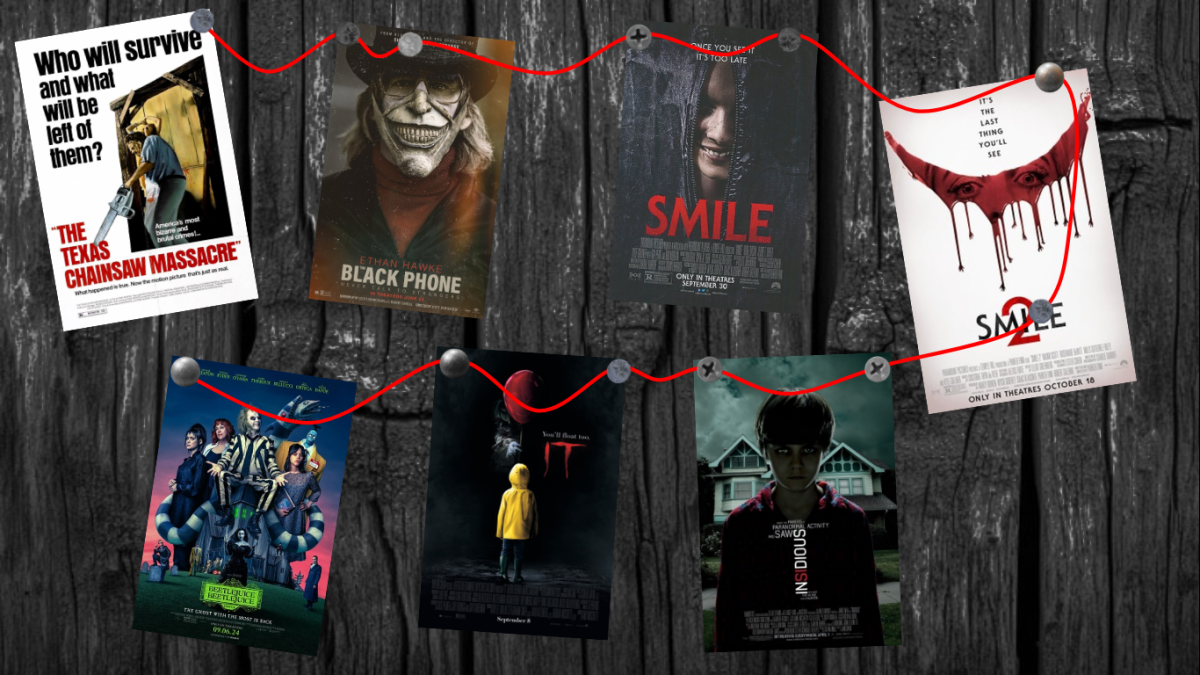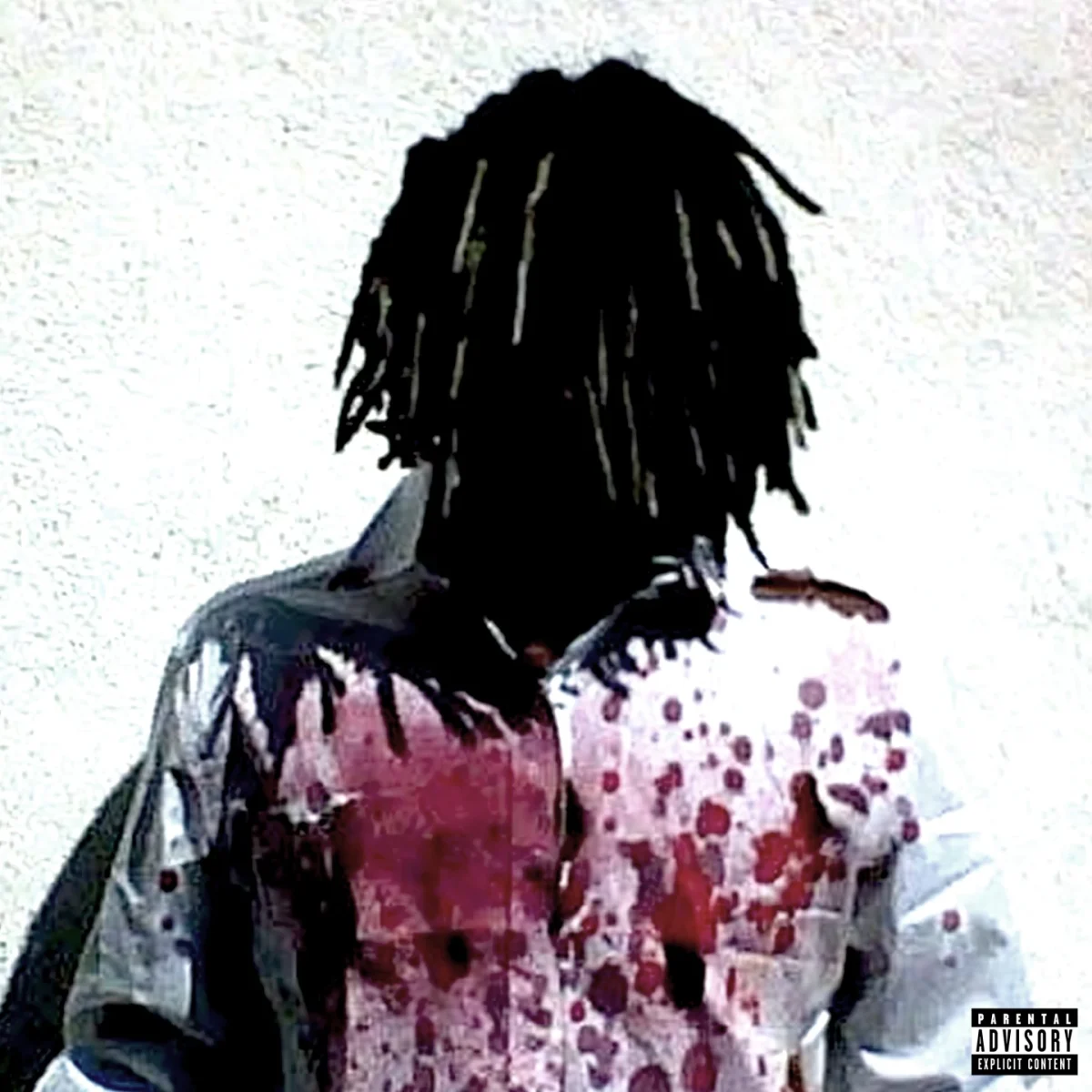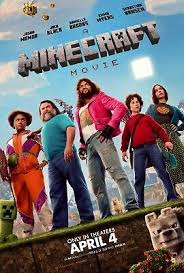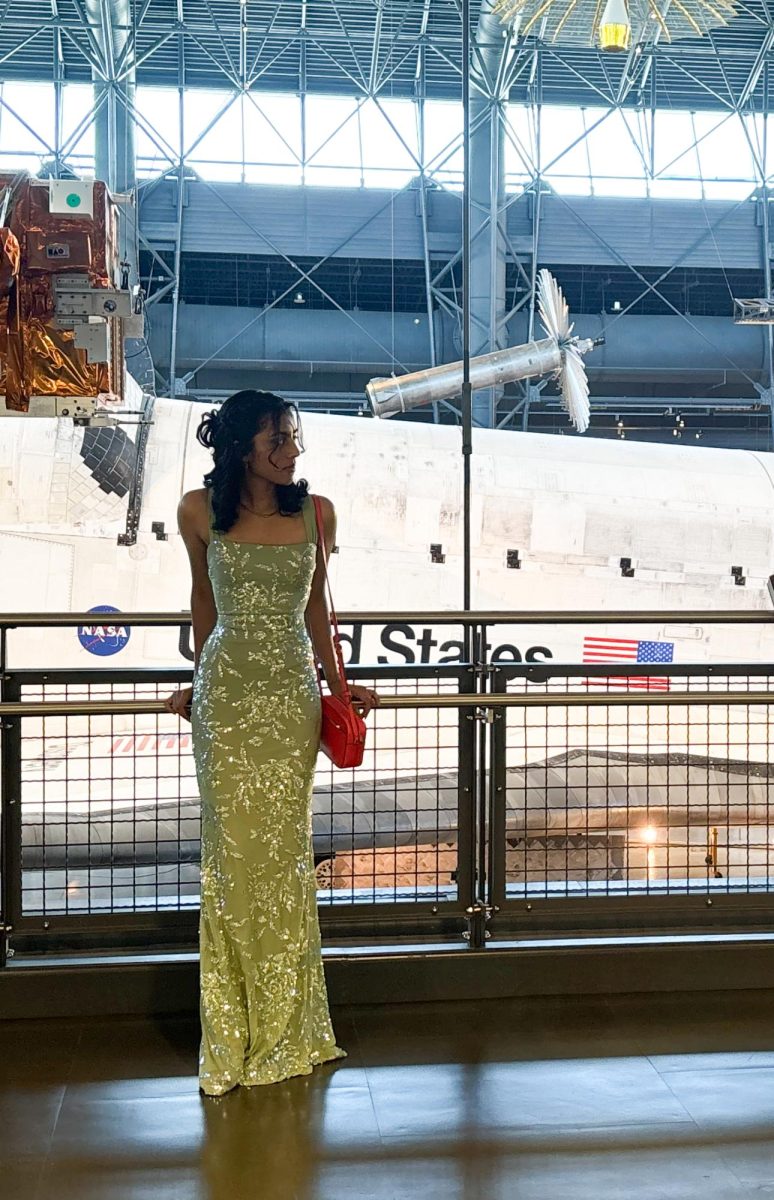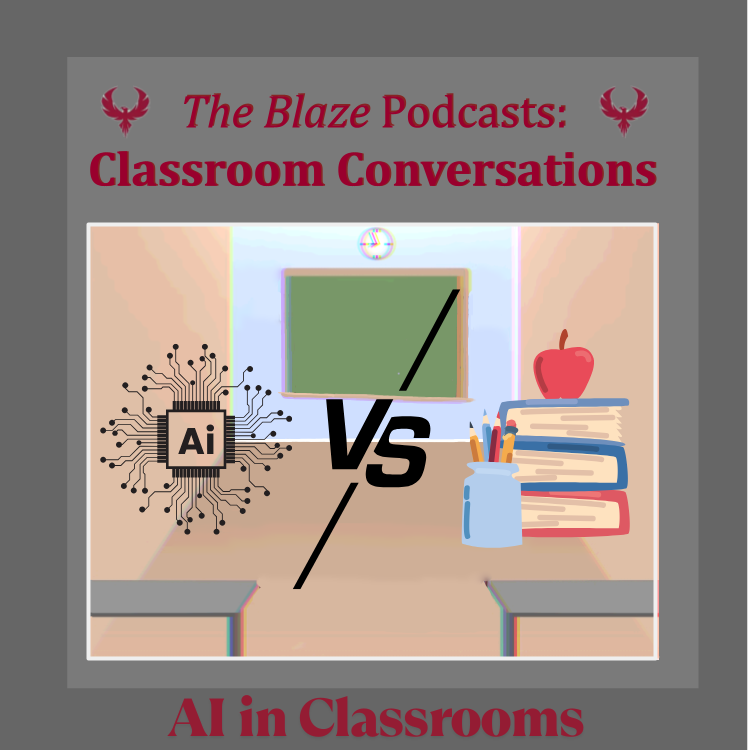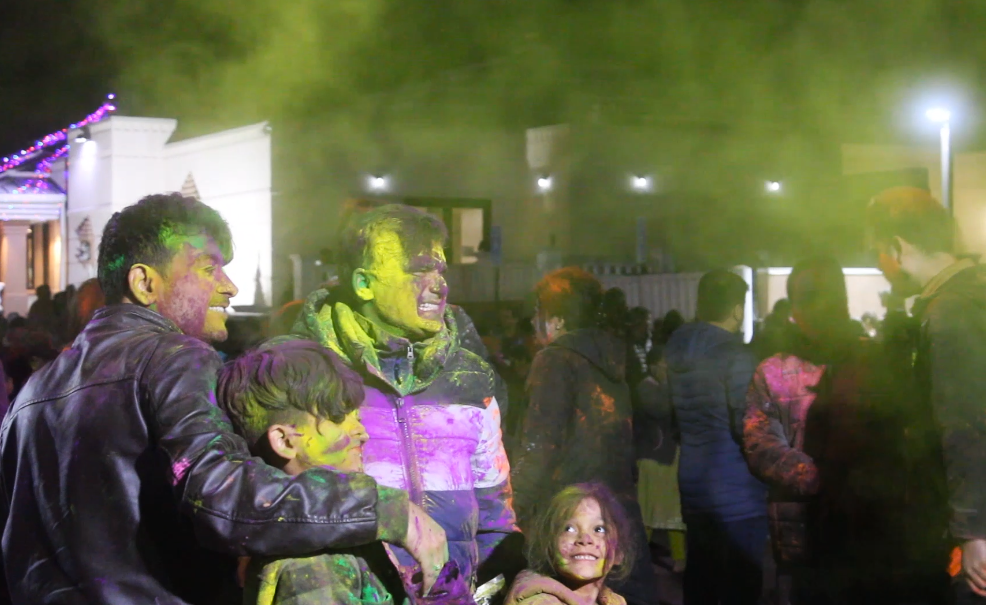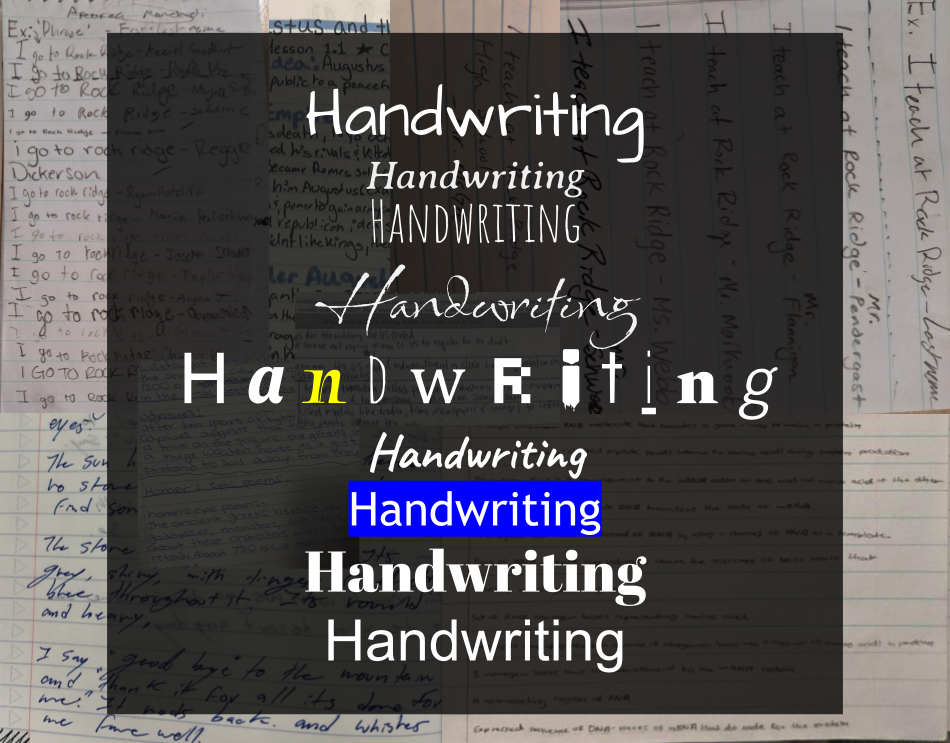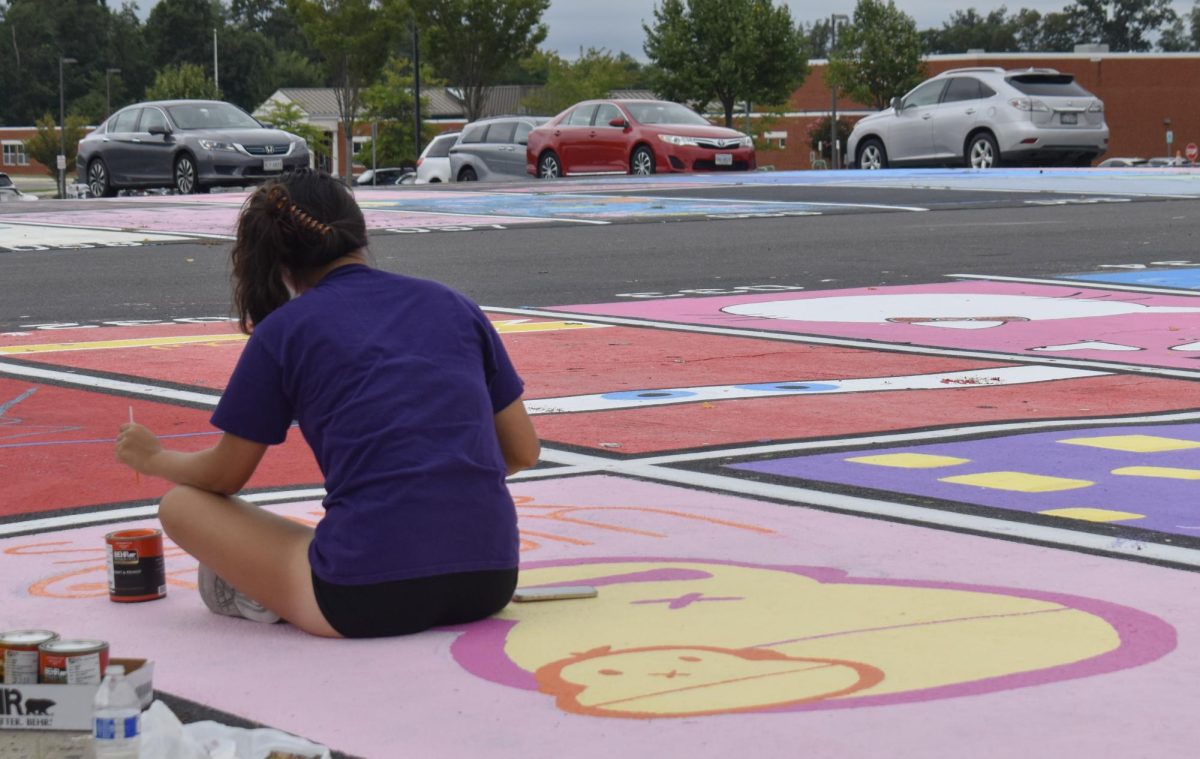Humans have been communicating through writing for as long as we can remember. It’s a key part of every language. Writing is one of the most common forms of art, from books to drawings, pencils, pens, and paper carry so much weight. The earliest dated ‘writing’ is the Sumerian Cuneiform (cuneiform meaning “wedge-shaped,”) at around 3300 B.C.E. The separated symbols were connected with phonetic meaning, so it was easily translatable from speech to clay wedge, and from clay wedge to speech.
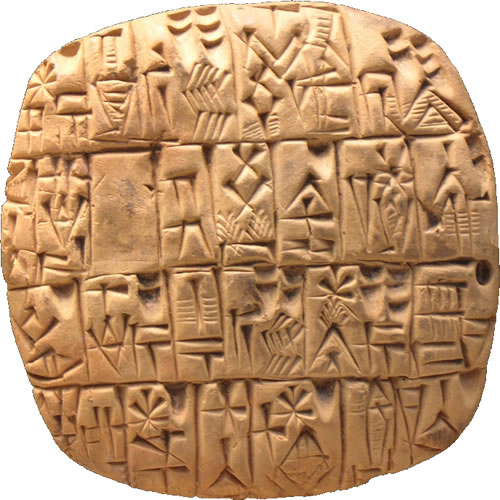
Photo taken by photographer Gavin Collins; courtesy of Creative Commons.
The mediums used historically throughout different cultures severely influenced the way in which languages are written today. In older languages such as Aramaic and Hebrew, and the language derived from them: Arabic, people recorded information on chiseled stone for centuries because paper, papyrus, leaves, and ink weren’t available yet. Because humans are mostly born right-handed, languages that chiseled their words into stone wrote right to left because of the ease of handling a hammer with their right hand. As new innovations arose, such as papyrus and ink, it became much easier for the right-handed population to write left to right as not to smudge the ink on the paper. Tools determined in which direction the languages were written. Occam’s razor: the simplest solution is almost always the best.
Nowadays, we’re relying less and less upon paper and pen, and as technology continues to work its way into our everyday lives, the art of handwriting is becoming less prominent. However, this special practice has not gone completely out of the window.
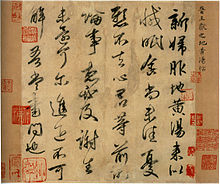
Calligraphy work is still a widely practiced and respected art throughout the world, particularly in South Eastern Asia, including China and Japan. The art of lettering has also become extremely prevalent across social media, becoming a highly followed content.
While technology is making its way into our daily lives, there are artists out there making sure the craft stays alive. Instagram influencer, @calligraphyti_. uses a knife-shaped pen and deep red ink to convey a feeling of horror. The way the blood-like ink splatters across the paper is erratic and unpredictable. Or @calligramer, a talented artist who has more of a gothic aesthetic, uses dark, black ink and wispy feather-like lines. User @mifamiliatattoos specializes in large tattoo lettering. There are so many different types of calligraphy styles that have made their way onto social media platforms and the number continues to grow.
Between the ages of two and four is when a child will begin to figure out which hand is their dominant hand. Doing simple things like giving them a ball or a child-safe spoon while eating are great ways to help them figure that part out. When a child is in their early stages of development, they’re already faced with the rigorous task of trying to figure out who they are. Attempting to alter this natural occurrence could be detrimental to how quickly the child adjusts to the world. Furthermore, elements such as emotions, environments, motor skills, vision, and learned habits, can affect one’s handwriting.
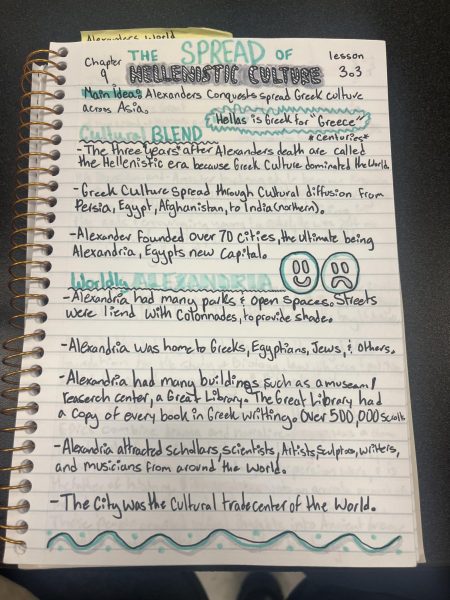
Photo courtesy of Ryann Ratcliff
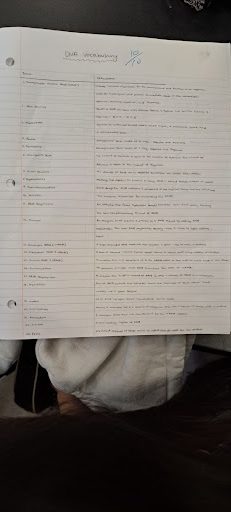
Photo courtesy of Eliana Kim
Some people think that having such small handwriting could be a hindering factor for the student, and in some cases, it is. “A lot of the time, I get ‘Can you please write bigger’ from teachers; they’ll take points off and everything, [and] I have to say, ‘I can’t, I’m sorry,’” freshman Eliana Kim said. A person who writes smaller is linked to a more introverted personality, while larger letters indicate a more outgoing, bubbly personality. Research also shows that one’s hand-eye coordination is one of the key factors in determining the size and precision of handwriting.
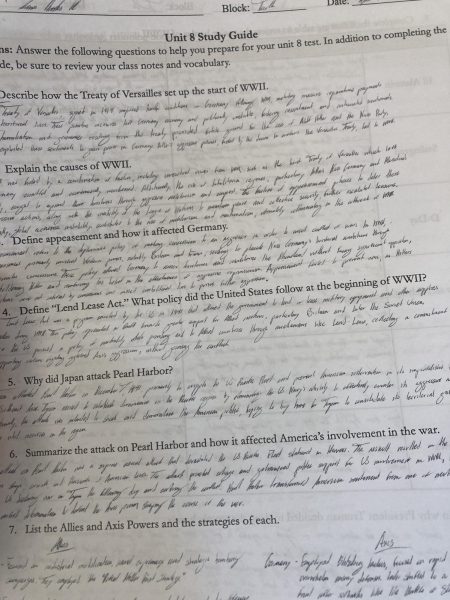
Others may write in a style called “cursive,” where the pen is rarely lifted, saving time and giving a maximalist, fancy look to their writing, due to the connecting lines and fast, long marks on disconnected or drooping letters such as x, i, t, or g, p, q, and y. This style is often taught to children five to seven years of age. The flowing script gets its admiration and fascination from its continuity. This allows people to read as fluidly as the writing, understanding words rather than letter-by-letter combinations, which lets the mind perceive each and every letter, slowing the mind down from the separations.
Writing is a common way to connect to people around you. Novels, song lyrics, and news articles are just a few of the ways to communicate on a personal level with the reader. The way a person writes can correlate with a person’s personality.
Calligraphy is a form of art, and being able to use different tools and resources to express yourself is a great way to captivate your audience. Many papers, for example, use AP Style in order to give off a more modern, professional approach. The font Times New Roman has become the universal professional font due to its legibility and classic look. On the other side of the font spectrum, fonts such as Comic Sans are known for their comedic value and are considered a ‘silly’ font.
Penmanship is one of the many things that make a person unique and it shouldn’t be taken for granted. Writing is a healthy activity for your mind and your body and is known to help with stress and negative feelings.


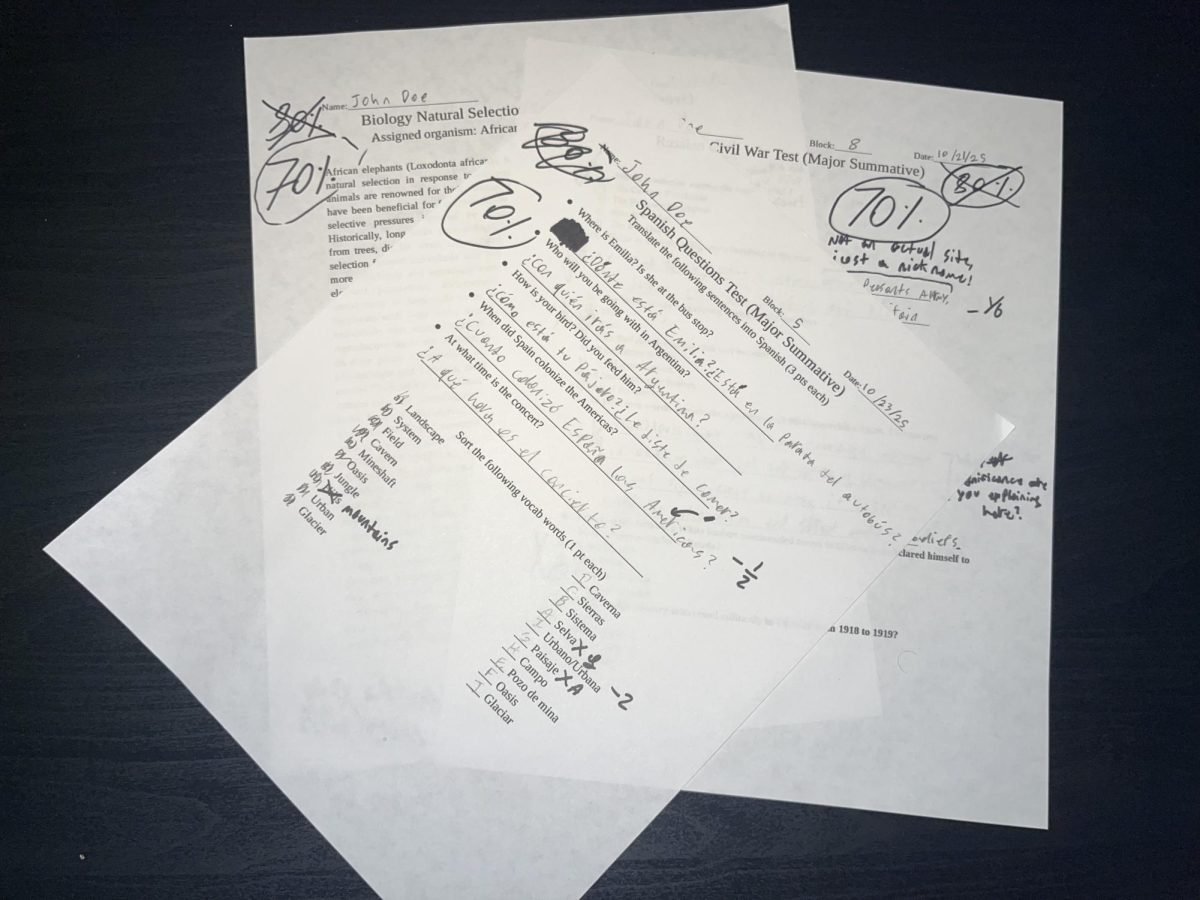


















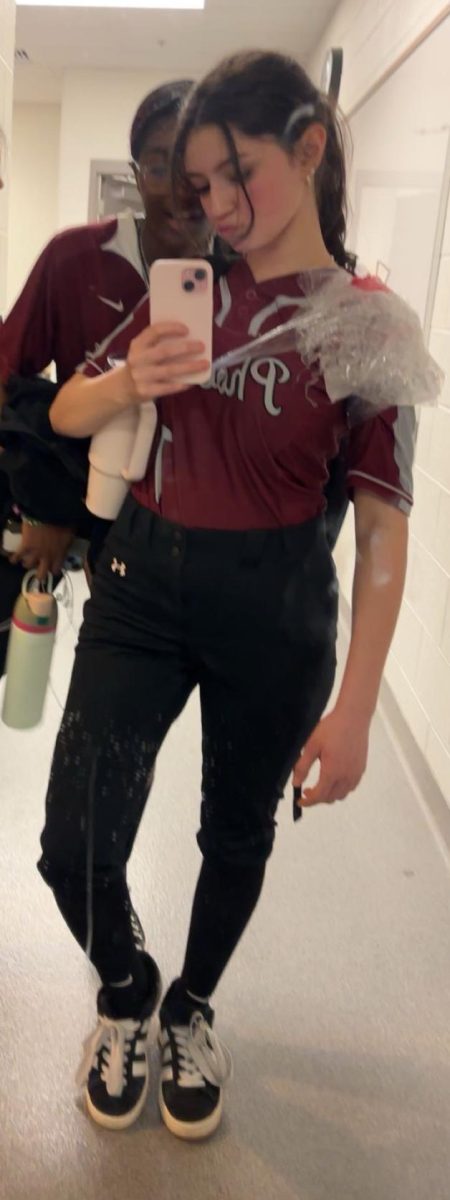


![The Phoenix varsity volleyball team lines up for the national anthem. “We were more communicative [with each other] during this game, and I feel like we kept our energy up, especially after the first set,” senior Jessica Valdov said.](https://theblazerrhs.com/wp-content/uploads/2024/10/DSC_0202-1200x800.jpg)


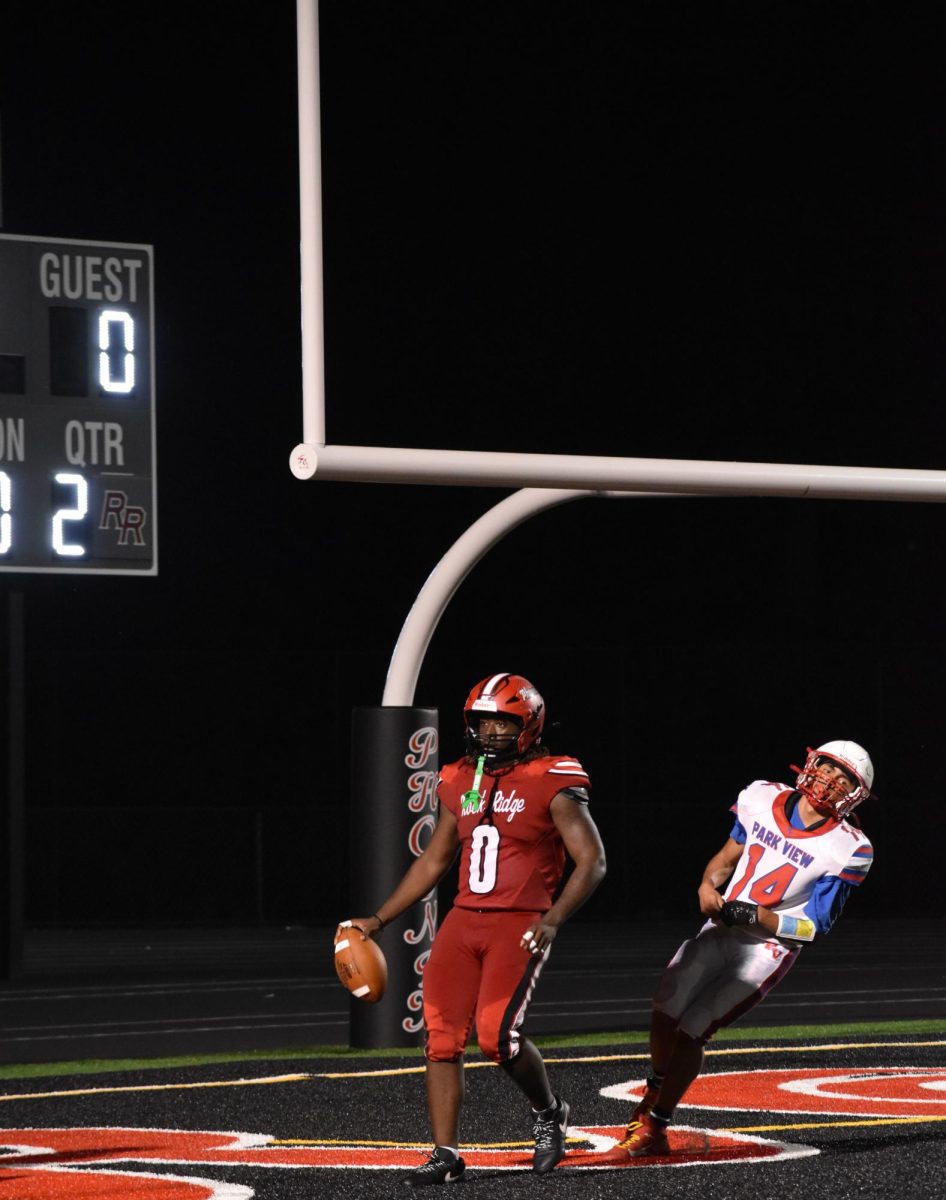







![Junior Alex Alkhal pitches the ball. “[I] just let it go and keep practicing so we can focus on our goal for the next game to get better as a team,” Alkhal said.](https://theblazerrhs.com/wp-content/uploads/2025/05/DSC_0013-1-1200x929.jpg)


